Are you familiar with the difference between an MMC and an SD card? If not, this post from Partition Magic can help by explaining their differences in size, speed, and storage capacity. After reading this article, you will have a deep understanding of the difference between an MMC card vs SD card.
What Is an MMC Card?
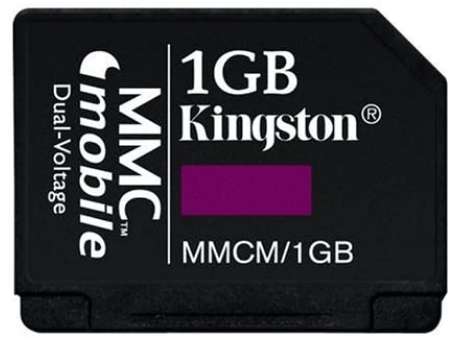
MultiMediaCard (MMC) is a memory card standard for solid-state storage, developed jointly by SanDisk and Siemens. It is designed for data storage in portable devices such as digital cameras, mobile phones, MP3 players, etc.
MMC is about the size of a postage stamp, about 32 mm × 24 mm × 1.4 mm. MMC card originally used a 1-bit serial interface, but newer versions of the specification allow 4 or 8 bits of data to be transferred at a time. MMC has a capacity of up to 16 GB.
What Is an SD Card
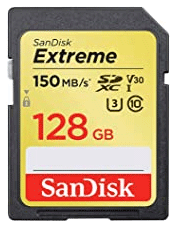
SD card (Secure Digital Card) is a removable flash memory storage device, which was jointly launched by SanDisk, Panasonic, and Toshiba in 1999. It is designed based on the Multimedia Card (MMC) format, and its size is similar to that of an MMC card, but it is 0.7mm thicker than an MMC card.
Due to its small size, the SD card has been widely used in various portable consumer electronic products, including digital cameras, camcorders, game consoles, sports cameras, and drones.
There are many types of SD cards. According to the physical size, they can be simply divided into SD cards, mini SD cards, and micro SD cards. According to capacity, SD cards can be simply divided into SD, SDHC, SDXC, etc. The maximum supported capacity of SD cards is 2GB, and the emergence of SDHC and SDXC makes the maximum capacity of SD cards reach 2TB.
MMC Card vs SD Card
In this section, I will compare the differences between MMC and SD card in 3 aspects. Please continue reading.
Speed
For speed, we will compare two aspects: bus speed and actual speed. The earliest MMCs were 1-bit interfaces, while later ones were 4-bit or 8-bit. The bus speed was about 26 MB/s at most. The actual speed of MMC depends on the specific type (standard MMC card vs eMMC).
The speed difference between SD cards is very large, because it depends on their category (SD/SDHC/SDXC/SDUC), speed level (Class/UHS/V level), and interface technology (UHS-I, UHS-II, SD Express).
Regarding the SD card, its bus specifications include the following:
- Normal Speed (defined in SD 1.01): 5MB/s.
- High Speed (SD 1.10): 25MB/s.
- UHS-I (SD 3.01): 50MB/s (SDR50, DDR50), 104MB/s (SDR104).
- UHS-II (SD 4.00): 156MB/s (Full Duplex), 312MB/s (Half Duplex).
- UHS-III (SD 6.00): 312MB/s (Full Duplex), 624MB/s (Full Duplex).
- SD Express (SD 7.00 and SD 8.00): 985MB/s (PCIe Gen.3 × 1Lane), 1970MB/s (PCIe Gen.4 × 1 Lane or PCIe Gen.3 × 2 Lane), 3940MB/s (PCIe Gen.4 × 2 Lane).
Capacity:
In terms of MMC card vs SD card capacity, the SD card is the winner. Because usually the capacity of MMC ranges from 32 MB – 2 GB, and standard MMC only supports FAT16. SD card can support up to 128TB.
According to the storage capacity, an SD card can be divided into the following 4 types:
- Standard SD card: supports up to 2GB storage capacity and uses the FAT12/16 file system.
- SDHC: It supports up to 32GB storage capacity and uses the FAT32 file system.
- SDXC: It supports up to 2TB storage capacity and uses the exFAT file system.
- SDUC: It supports up to 128TB storage capacity and uses the exFAT file system
Size
The size of the MMC card is 32 mm × 24 mm × 1.4 mm, while the SD card is divided into a 32x24x2.1mm standard SD card, a 21.5x20x1.4mm miniSD card, 15x11x1mm microSD card. MMC is usually thinner and lighter than the standard SD card.
Bottom Line
This article introduces what MMC card and SD card are, as well as the differences between them in terms of speed, capacity and size. I hope this article is helpful to you to learn MMC vs SD.

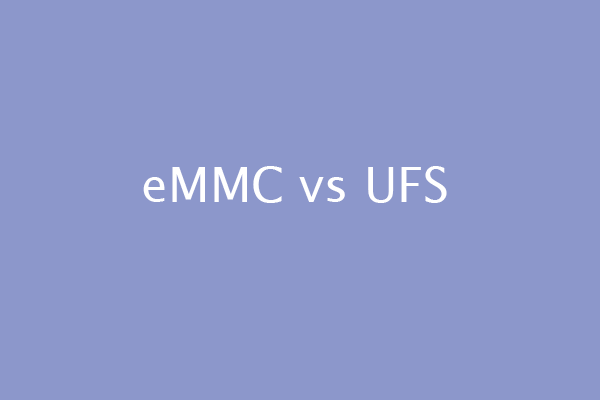
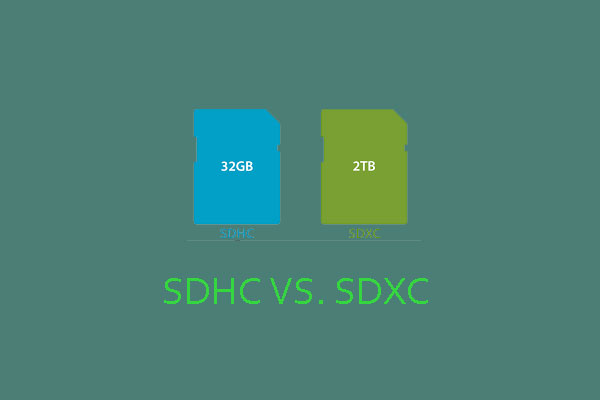
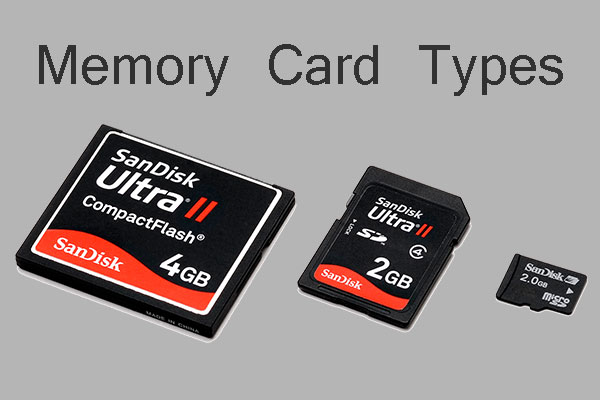
User Comments :